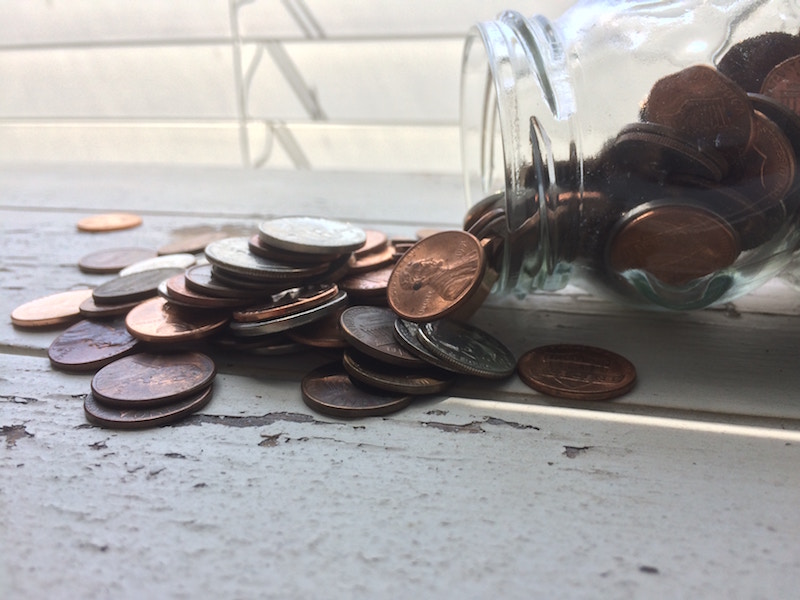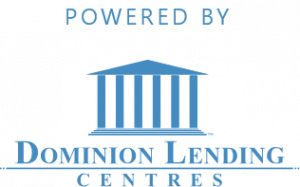Aging Population and Real Estate
Canada’s Aging Population and Real Estate, I’ve got good news and bad news. The bad news is: we’re not getting any younger. The good news is: we’re not going away anytime soon, either, as life expectancy for Canadians is higher than ever before! At least, I think that’s good news—check back with me in 2050 and let’s see how we all feel about it.
Globally, we’ve hit astoundingly high population numbers for people aged 65+, exceeding a threshold of 672 million people (about 8.9% of the total population) in 2019. That’s an increase of more than 500 million compared to 1960 when there were about 150 million people above 65+ globally (roughly 5% of the global population). Oh yes, that’s a whole lot of people.
In fact, it’s only going to get more crowded as the years go by, with the UN estimating that the number of older persons (above 60) is projected to reach 2.1 billion by 2050. And we think it’s crowded now!
This brings us to Canada’s aging population and Real Estate: according to Statistics Canada, “seniors are expected to comprise around 23% to 25% of the population by 2036, and around 24% to 28% in 2061”. With a shrinking working population supporting that ~25% segment, the precise economic implications are too varied to be certain of any firm outcome. What is certain is that the older members of our population will need a place to live, which will have a significant effect on Canada’s real estate landscape.
EFFECTS ON THE SUPPLY OF REAL ESTATE
Our aging population affects the supply of property in the real estate market in several interesting ways. The expectation was that baby boomers would find themselves living in large homes with more space than they needed once they’d retired and their children moved out. At that point, they were supposed to sell their property and downsize to smaller (or less expensive) homes. This influx of property into the market (projected to be half a million homes) would help meet rental or purchase demand, in some cases allowing developers to re-purpose the property into larger, higher density structures (especially in cities).
However, changes to the real estate market may significantly affect how that scenario plays out in reality.
- Small condos and detached or semi-detached townhouses used to be prime candidates for someone looking to downsize. Now, rising real estate prices (especially in cities like Toronto and Vancouver) can make this an incredibly difficult endeavor.
- Millennials (and soon Gen Zs) have begun to move back in with their parents, as they struggle to contend with exorbitant rent prices, lack of steady work, and extremely high property prices. It’s proven economical for them to live at home rent-free (or at least, with a much lower rent) and save their money to put towards buying homes of their own later.
With more reasons to remain in their current homes (such as their kids moving back in with them), as well as high property prices and a lack of suitable options to downsize to, older homeowners are increasingly choosing to hang on to their property. This, of course, delays the timeframe in which their (usually larger) homes will be released into the housing market, which in turn will further exacerbate property shortages.
EFFECTS ON THE DEMAND FOR REAL ESTATE for Canada’s Aging Population
Our aging population has implications for the demand side of the real estate market as well. Accessible property, for example, will increasingly grow in demand as people get older. Fierce competition in the housing market has made it difficult for older people to acquire suitable apartments or houses that cater to their needs (such as, ground floor units or accessibility-friendly rental housing).
Affordable, smaller housing with room for live-in or part-time caregivers, especially in close proximity to essential services and infrastructure (health services, public transit, malls/grocery stores, etc.) will become much more desirable as our population ages.
Some of this demand will likely be met by the government, as it works to fund the construction of homes for senior citizens through the Canada Mortgage and Housing Corporation (CMHC). This will prove vital in the years to come, as increasing numbers of modest to middle-income Canadians retire and start being priced out of the normal rental market. However, with Canada’s population projected to increase at a sharp rate until the middle of the century, we’ll need more than just government intervention to address the issue.
FINAL THOUGHTS
The effects of an aging population on Canada’s own future will be far-reaching, but impossible to predict definitively. That’s not to say we don’t have a good idea of what the likely outcomes are—we’ll need more housing, and we’ll need to be able to support older Canadians, to name two—but nothing about the upcoming decades is written in stone. The manner in which our government addresses social security issues, housing crises, and indeed, which government we even have in power will all play a role in securing stability or uncertainty.
Any speculation on the effects of projected population growth figures should be tempered with the understanding that they’re precisely that: projections. Not everyone agrees with the UN’s assessment of rampant increases, arguing that we might see a return to “normal” population levels towards the end of the century instead of endlessly spiraling into overpopulation. But whatever the outcome, it’s important that we’re paying attention.









